European castles fuel childhood fairy tale fantasies, but many of these imposing fortresses remain frustratingly off-limits to curious travelers. Some serve as private residences, others crumble away behind safety barriers, and quite a few exist only in ruins that barely hint at their former grandeur.
Fortunately, numerous spectacular castles welcome visitors who want to walk through actual throne rooms, climb medieval towers, and explore dungeons where historical dramas played out centuries ago. Here are 16 castles in Europe you can actually visit and explore.
Neuschwanstein Castle, Germany

This 19th-century Bavarian castle inspired Disney’s Sleeping Beauty Castle while serving as King Ludwig II’s romantic retreat from political responsibilities. The castle’s fairy-tale exterior conceals surprisingly modern interiors with central heating, running water, and telephone systems that were cutting-edge technology in the 1880s.
Guided tours reveal Ludwig’s obsession with Wagner operas through elaborately themed rooms that blur the line between historical residence and theatrical stage set. Advanced reservations are essential during peak season, as thousands of daily visitors overwhelm this mountaintop fantasy.
Edinburgh Castle, Scotland
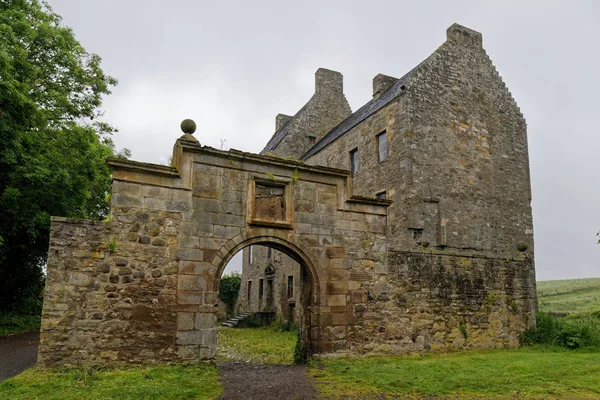
This fortress dominates Scotland’s capital from an extinct volcanic rock, controlling the city below for over 1,000 years of Scottish history. The castle houses the Scottish Crown Jewels and the Stone of Destiny, which figured in centuries of royal coronations and political struggles.
Daily cannon firings at 1 PM continue traditions that once marked time for the entire city. Multiple buildings within the castle walls contain museums, chapels, and military displays that require full days to explore thoroughly.
Like Travel Pug’s content? Follow us on MSN.
Château de Chambord, France
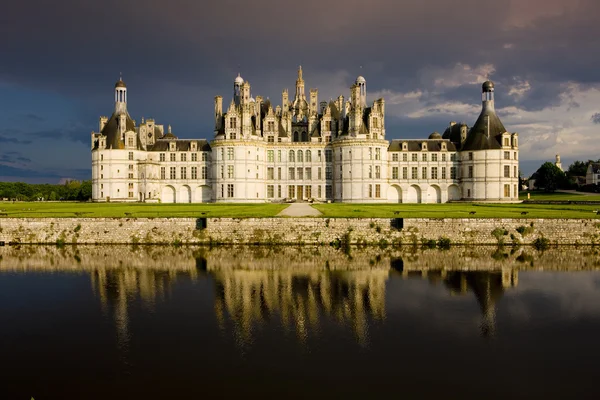
This Renaissance masterpiece in the Loire Valley features 440 rooms and a distinctive double-spiral staircase possibly designed by Leonardo da Vinci. King Francis I built this hunting lodge to impress rivals and foreign dignitaries with French architectural innovation and royal wealth.
The castle’s rooftop terrace offers views over formal gardens and surrounding forests that once hosted elaborate royal hunting parties. Self-guided tours allow visitors to explore at their own pace, while audio guides provide historical context for the opulent rooms and artistic details.
Hohensalzburg Castle, Austria

This 11th-century fortress above Salzburg represents one of Europe’s largest and best-preserved medieval castles. The castle served as a residence for Salzburg’s prince-archbishops, who ruled both religious and secular matters in this strategic Alpine region.
Medieval state rooms contain original furniture and artwork that demonstrate the wealth and power of ecclesiastical rulers. The funicular railway provides easy access to the castle grounds while offering panoramic views of Mozart’s birthplace and the surrounding Austrian Alps.
Warwick Castle, England
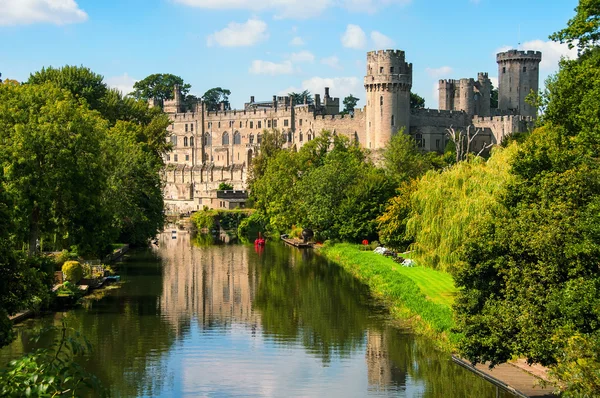
This medieval fortress features working trebuchets, falconry displays, and costumed interpreters who bring 1,000 years of English history to life through interactive demonstrations. The castle’s towers and battlements provide hands-on medieval experiences rather than static museum displays.
Dungeon tours reveal grim realities of medieval justice while state rooms showcase how aristocratic families lived across different historical periods. Special events include medieval tournaments and seasonal celebrations that recreate historical entertainments.
Like Travel Pug’s content? Follow us on MSN.
Bran Castle, Romania
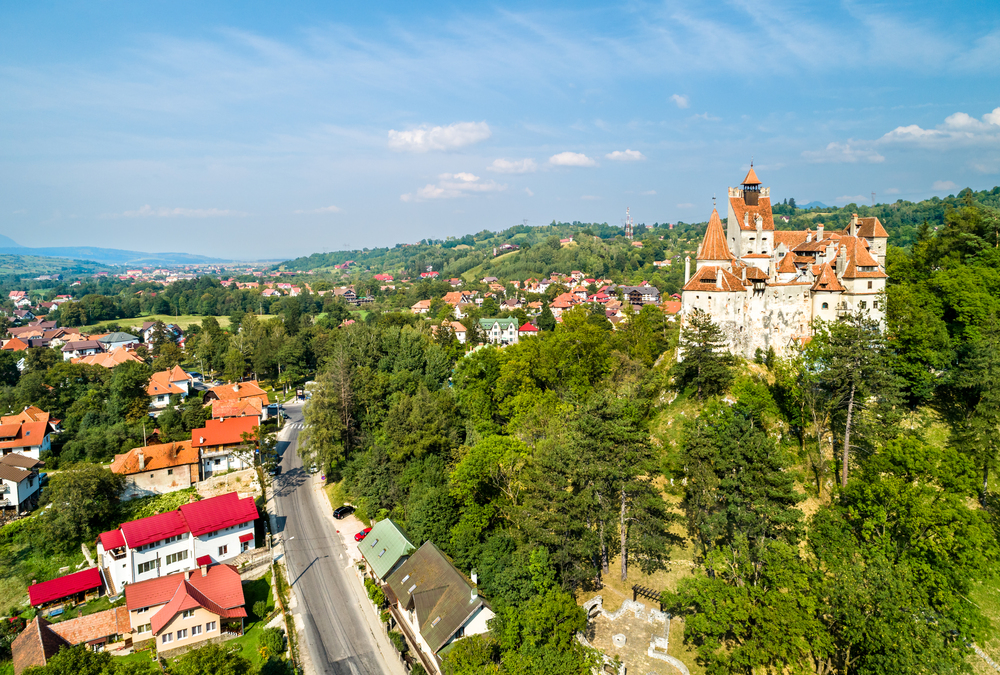
Known worldwide as Dracula’s Castle, this Transylvanian fortress has only tenuous connections to Vlad the Impaler but offers a genuine medieval atmosphere in Romania’s Carpathian Mountains. The castle’s narrow staircases, hidden passages, and Gothic architecture create appropriately mysterious settings for vampire legends.
Queen Marie of Romania’s royal apartments display early 20th-century furnishings that contrast with medieval fortifications. The surrounding Bran village offers traditional Romanian crafts and foods that provide a cultural context for castle visits.
Pena Palace, Portugal
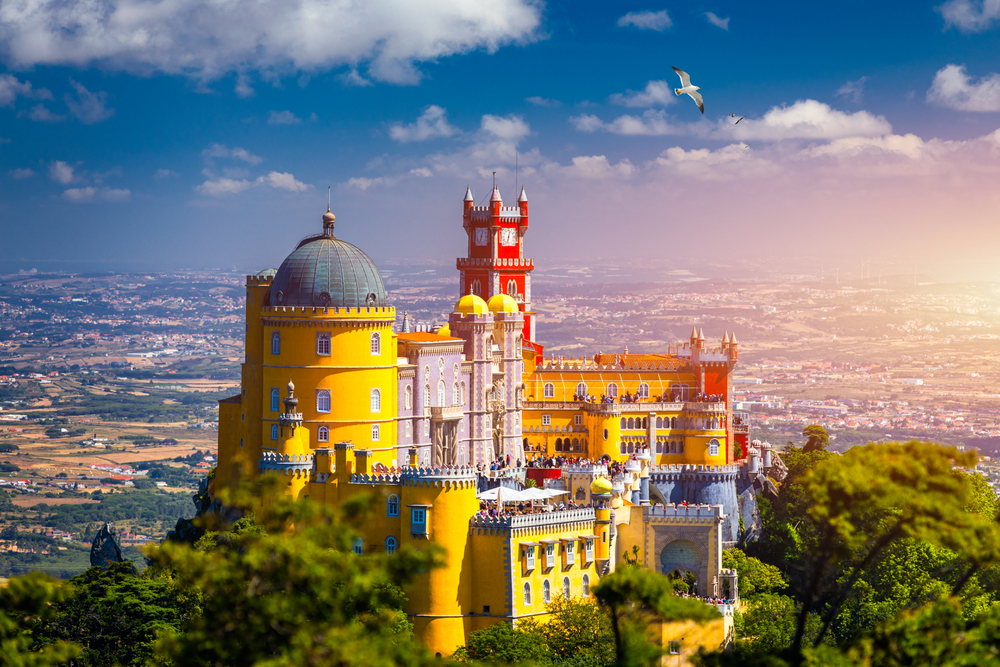
This colorful 19th-century palace near Sintra combines multiple architectural styles in ways that create fairy-tale atmospheres high above the Portuguese coast. King Ferdinand II transformed a ruined monastery into this Romantic palace that reflects 19th-century fascination with medieval and exotic architectural themes.
The palace’s vibrant red, yellow, and purple exteriors house opulent state rooms filled with period furniture and royal artifacts. The surrounding park contains exotic plants and walking trails that offer Atlantic Ocean views.
Alhambra, Spain
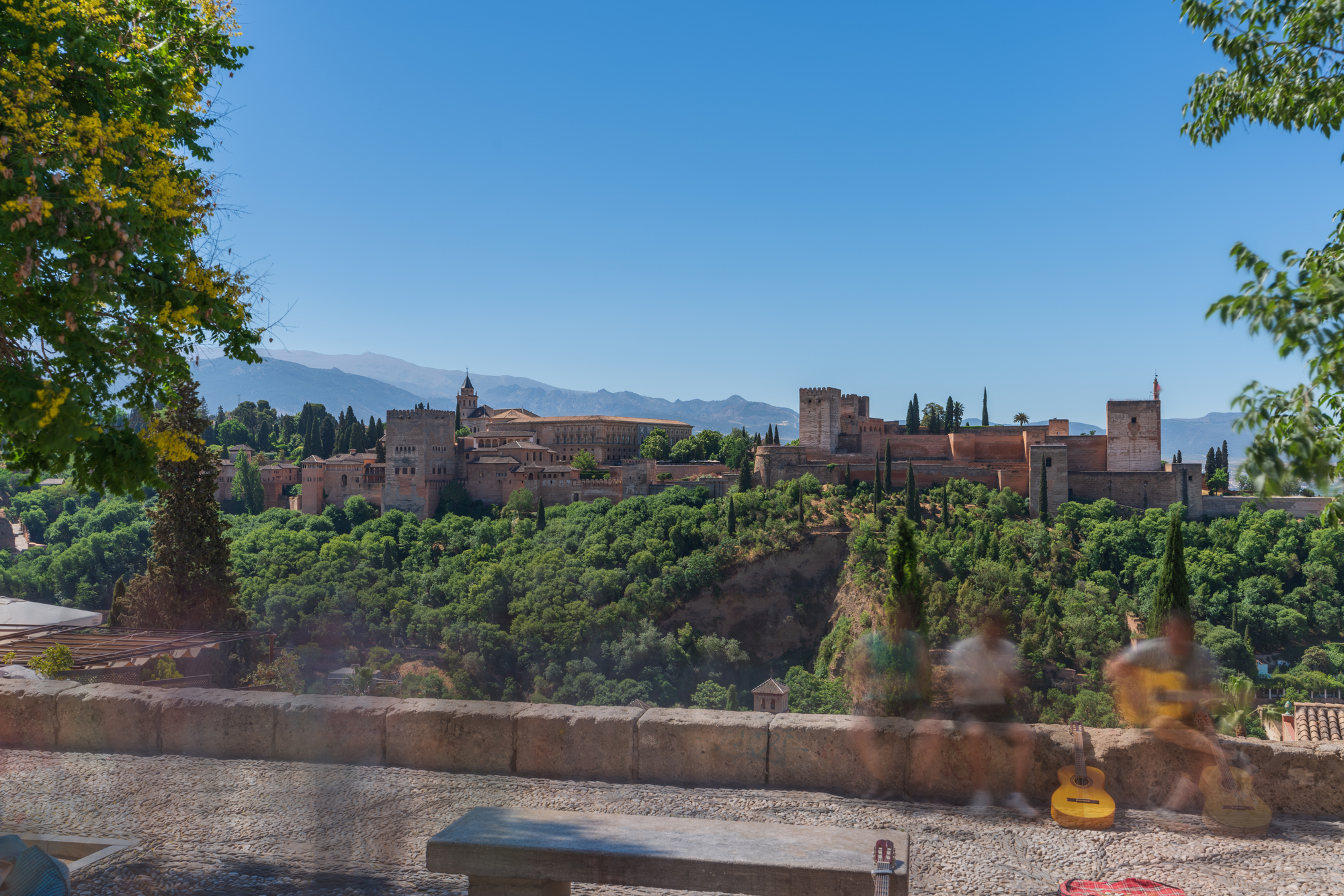
This Moorish palace complex in Granada represents the pinnacle of Islamic architecture in Europe through intricate geometric patterns, peaceful courtyards, and sophisticated water features. The Nasrid Palaces contain some of the world’s finest examples of Islamic decorative arts applied to residential architecture.
The Generalife gardens demonstrate medieval Islamic landscape design that influenced European garden traditions. Timed entry tickets are required and often sell out weeks in advance due to conservation limits on daily visitors.
Like Travel Pug’s content? Follow us on MSN.
Kronborg Castle, Denmark
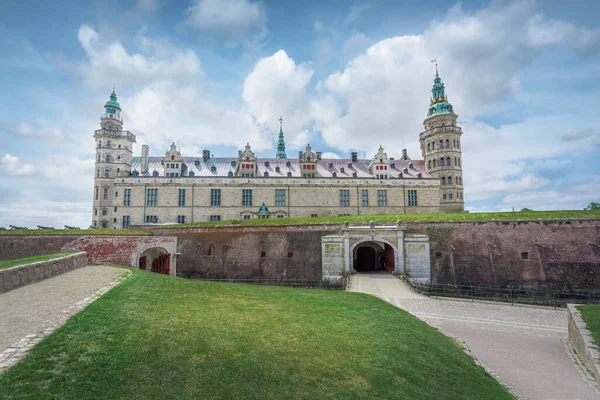
Shakespeare’s Elsinore, the setting for Hamlet, also serves as an actual Renaissance fortress that controlled shipping through the narrow strait between Denmark and Sweden. The castle’s strategic position allowed Danish kings to collect tolls from all ships entering the Baltic Sea.
The great hall and royal apartments have been restored to their Renaissance appearance, when the castle hosted elaborate court ceremonies. Summer performances of Hamlet in the castle courtyard connect literature to the actual locations that inspired Shakespeare’s tragedy.
Malbork Castle, Poland
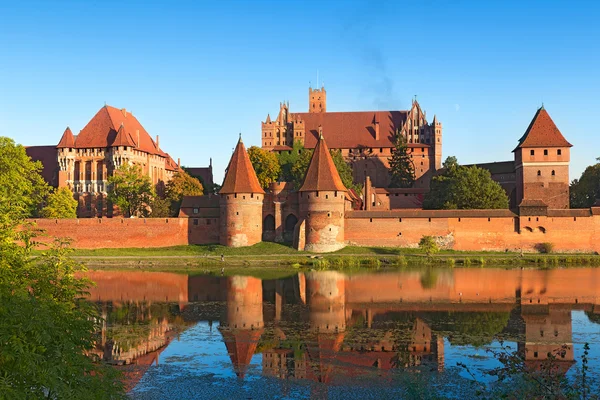
This massive Teutonic fortress represents the world’s largest castle complex built entirely of brick, demonstrating medieval engineering skills and military architecture. The castle served as headquarters for the Teutonic Knights, who controlled Baltic trade routes during the Middle Ages.
Multiple courtyards, chapels, and residential areas within the fortress walls housed hundreds of knights and support staff. Detailed reconstructions show how this medieval military order lived, fought, and governed its territorial holdings.
Predjama Castle, Slovenia
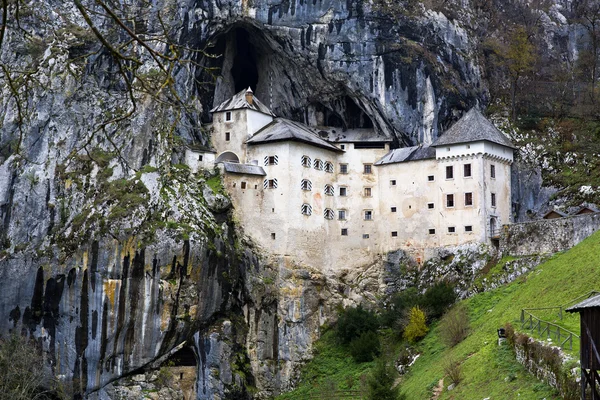
This Renaissance castle, built into a cliff face, creates one of Europe’s most dramatically situated fortresses. The castle’s integration with natural rock formations provided defensive advantages while creating architectural effects that seem almost magical.
Legend claims the castle’s most famous resident, knight Erazem Lueger, used secret passages to escape Habsburg sieges. Cave tours beneath the castle explore the natural caverns that provided water supplies and emergency escape routes during medieval sieges.
Like Travel Pug’s content? Follow us on MSN.
Conwy Castle, Wales
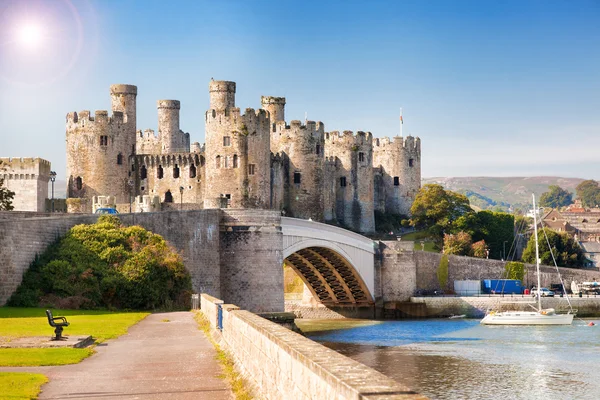
This 13th-century fortress represents medieval military architecture at its most sophisticated, with eight massive round towers connected by high curtain walls. Edward I built this castle during his conquest of Wales, creating an English stronghold in hostile Welsh territory.
The castle’s location on a rocky outcrop provided natural defenses while controlling an important river crossing. Visitors can walk the castle walls and climb towers that offer views over the medieval town and Conwy’s tidal estuary.
Kilkenny Castle, Ireland
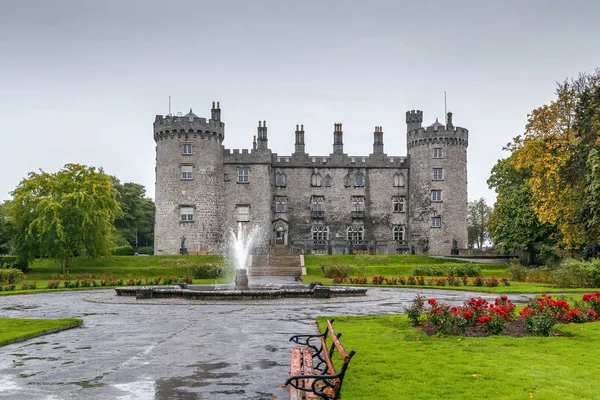
This Norman castle evolved from a medieval fortress to an elegant country house while remaining the seat of the powerful Butler family for nearly 600 years. The castle’s restored state rooms display period furniture, tapestries, and artwork that demonstrate the Irish aristocratic lifestyle through different historical periods.
The castle grounds include formal gardens and parkland that provide peaceful settings for understanding how castle residents lived beyond military functions. The adjacent Kilkenny town features medieval streets and buildings that complement castle visits.
Heidelberg Castle, Germany
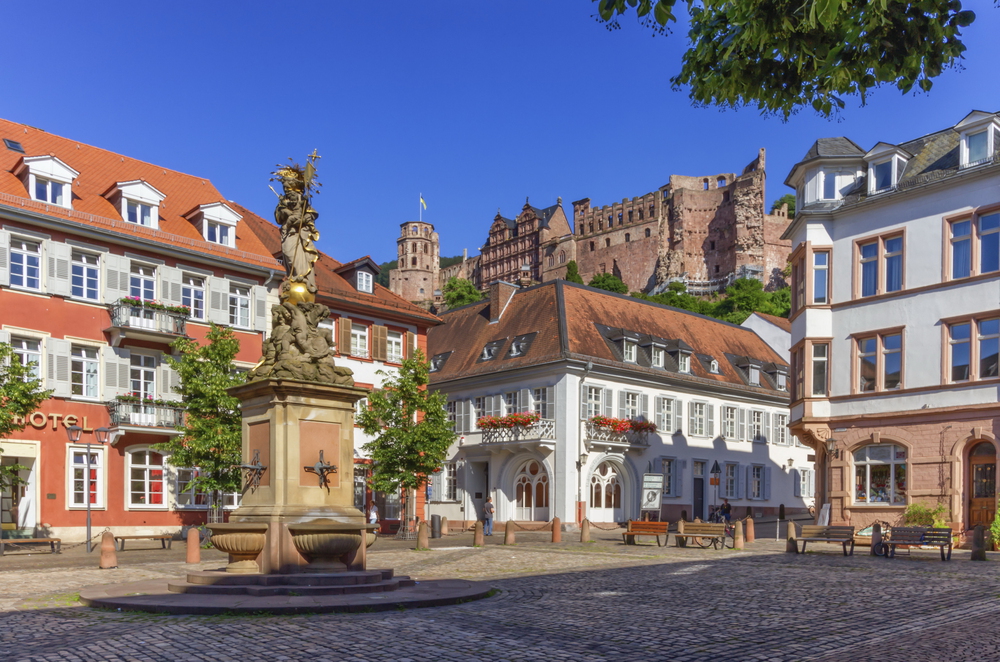
This Renaissance ruin above the Neckar River represents romantic notions of medieval Germany while offering spectacular views over the university town below. The castle’s Great Barrel holds 58,000 gallons and represents the largest wine cask ever built.
Guided tours explore both ruined sections and restored rooms that house the German Pharmacy Museum. The castle’s dramatic setting inspired 19th-century Romantic poets and artists who helped establish Germany’s reputation for fairy-tale landscapes.
Like Travel Pug’s content? Follow us on MSN.
Château de Vincennes, France
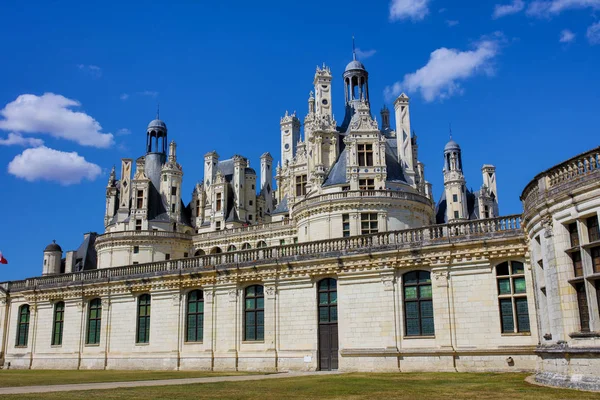
This medieval fortress on Paris’s eastern edge served as a royal residence before Versailles became the center of French court life. The castle’s massive keep represents one of Europe’s tallest medieval residential towers. The Sainte-Chapelle within the castle walls contains stunning medieval stained-glass that rivals the more famous chapel in central Paris.
The castle’s proximity to Paris makes it accessible by public transportation while offering authentic medieval experiences without the crowds that overwhelm more famous French castles.
Bojnice Castle, Slovakia
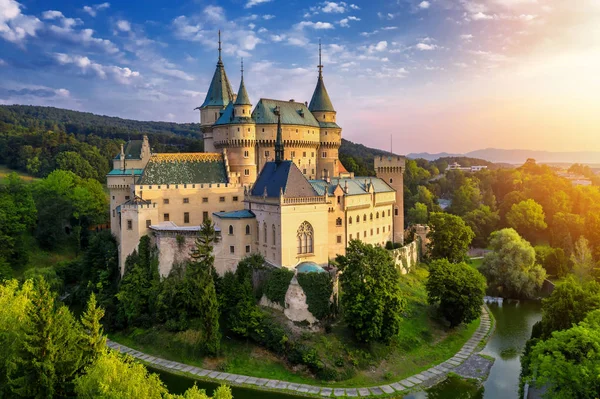
This romantic 19th-century reconstruction of a medieval castle creates fairy-tale atmospheres that attract film productions and wedding ceremonies. The castle’s interiors feature carved wooden ceilings, period furniture, and artwork that create an authentic historical ambiance.
The surrounding English-style park includes rare trees and walking paths that complement the castle architecture. Annual festivals and cultural events take advantage of the castle’s romantic setting while providing entertainment that connects historical buildings to contemporary Slovak culture.
Living History Behind Ancient Walls
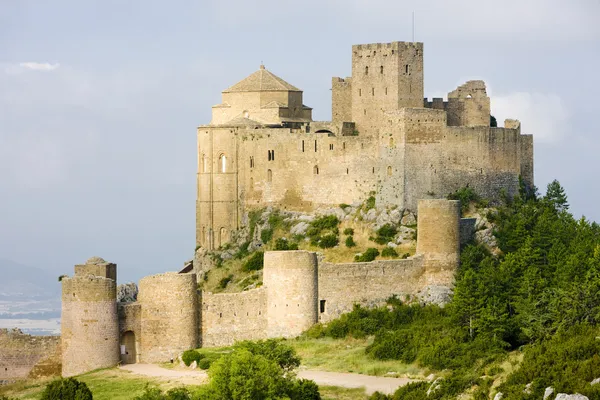
Europe’s visitable castles offer more than architectural tourism—they provide tangible connections to centuries of human drama, political intrigue, and cultural development that shaped modern European civilization. These fortresses served as homes, military installations, and symbols of power while witnessing everything from medieval sieges to Renaissance court life to modern restoration efforts that preserve them for future generations.
Walking through their halls, climbing their towers, and exploring their grounds creates an understanding of how people lived, fought, and dreamed during historical periods that continue influencing contemporary European identity and culture.
Like Travel Pug’s content? Follow us on MSN.
More from Travel Pug

- 20 Best Beach Towns in the Carolinas
- 13 Destinations Where Tourists Regularly Regret Their Trip
- 20 Things You Actually Get in First Class
- 20 Small Airports With Aviation Museums
- 20 Places in the U.S. That Are Perfect for a Reset Trip
Like Travel Pug’s content? Follow us on MSN.
